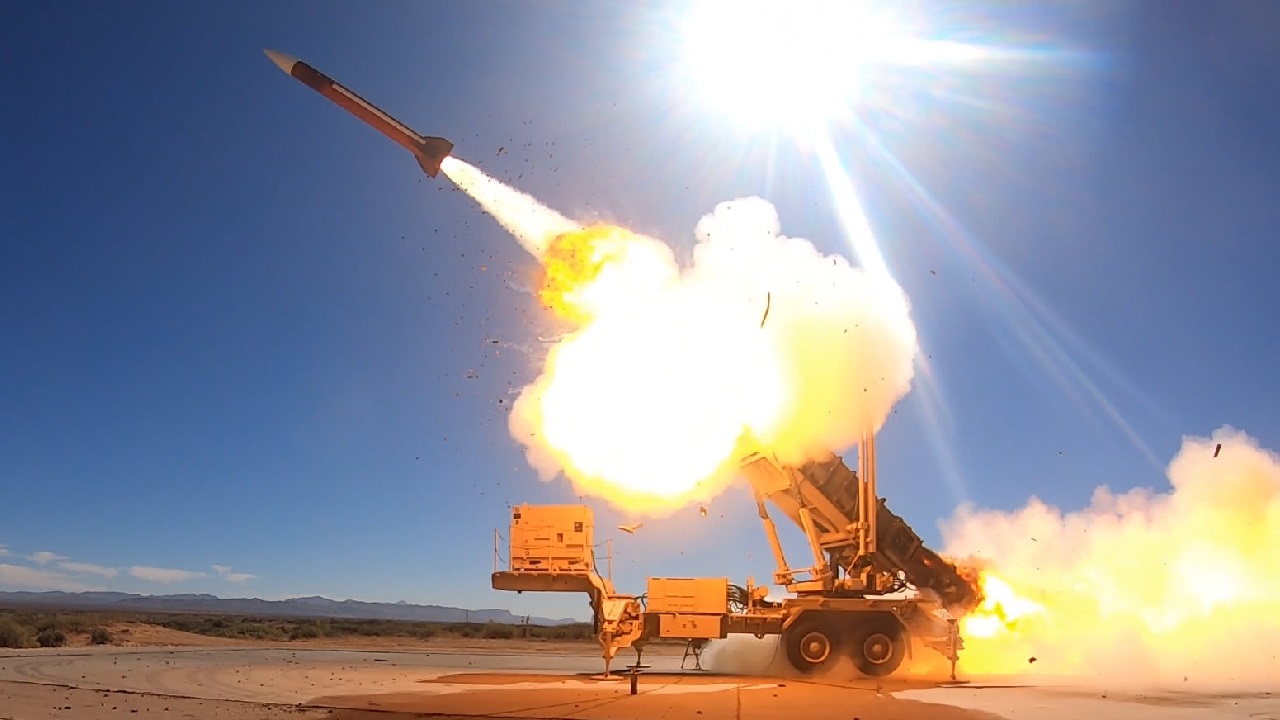PUBLISHED on 2/10/2023 – Ukraine War Update: The weather in Ukraine determines to a large degree, the operational planning of the two militaries.
On day 352 of the conflict, the fighting continues, with the heaviest combat taking place around Bakhmut and Vuhledar in the Donbas.
The Russian forces are taking heavy casualties but have very little to show for it.
Their progress is measured in a few hundred yards.
On the other side, the Ukrainians are under serious pressure, but their defenses are holding for the time being.
Russian Casualties
Overall, the Ukrainian Ministry of Defense claimed that as of Friday, Ukrainian forces have killed approximately 135,740 Russian troops (and wounded approximately twice to thrice that number).
Equipment destroyed includes: 295 fighter, attack, bomber, and transport jets, 286 attack and transport helicopters, 3,258 tanks, 2,251 artillery pieces, 6,471 armored personnel carriers and infantry fighting vehicles, 463 Multiple Launch Rocket Systems (MLRS), 18 boats and cutters, 5,126 vehicles and fuel tanks, 233 anti-aircraft batteries, 1,970 tactical unmanned aerial systems, 211 special equipment platforms, such as bridging vehicles, and four mobile Iskander ballistic missile systems, and 796 cruise missiles shot down by the Ukrainian air defenses.
General Weather and the War in Ukraine
Unsurprisingly, the weather plays a significant role in the operations of the two militaries.
The ground has been frozen for the past few weeks, which would facilitate offensive operations because tanks, armored personnel carriers, and infantry fighting vehicles can operate cross country and not just on roads.
However, as the temperature slowly increases, the slow will start melting, throwing everything into a whirlpool of mud.
The famous Rasputitsa that bogged down the Germans and Soviets during World War Two has the same impact on 21st-century militaries despite their vastly more modern weapon systems.
The weather continues to play a significant role in the course of Russia’s war in Ukraine. With the ground frozen, there has likely been little change in cross-country mobility (CCM) conditions in eastern Ukraine in recent weeks.
The Donbas is particularly vulnerable to the weather effect, and offensive operations in the area will be restricted.
“[Cross Country Mobility] is likely to be at its worst, with extremely muddy conditions, over mid- to late-March. Commanders on both sides will highly likely seek to avoid scheduling major offensives at such times,” the British Military Intelligence assessed earlier this week in one of its operational updates on the war.
However, offensive operations could still take place if “perceived political or operational opportunities. . .overrule such concerns.”
The Russian military, after all, launched the invasion on February 24, just a few weeks before Rasputitsa took place.
To be sure, Russian President Vladimir Putin believed that his “special military operation” would last from three days to a couple of weeks at the most, but that is another instance of poor planning on the Russian end.
The Ukrainians will most likely allow the Russians to launch their offensive first before unleashing their own counteroffensive sometime in late spring or early summer.
By that time, the Ukrainians would have incorporated their new weapon systems too.
BONUS: The Fall of Joe Biden Has Started
BONUS: Donald Trump Looks At His End
BONUS: Kamala Harris Should Quit
BONUS: A Nuclear War over Ukraine?
BONUS: Donald Trump Looks Desperate
Expert Biography:
A 19FortyFive Defense and National Security Columnist, Stavros Atlamazoglou is a seasoned defense journalist specializing in special operations, a Hellenic Army veteran (national service with the 575th Marine Battalion and Army HQ), and a Johns Hopkins University graduate. His work has been featured in Business Insider, Sandboxx, and SOFREP.

